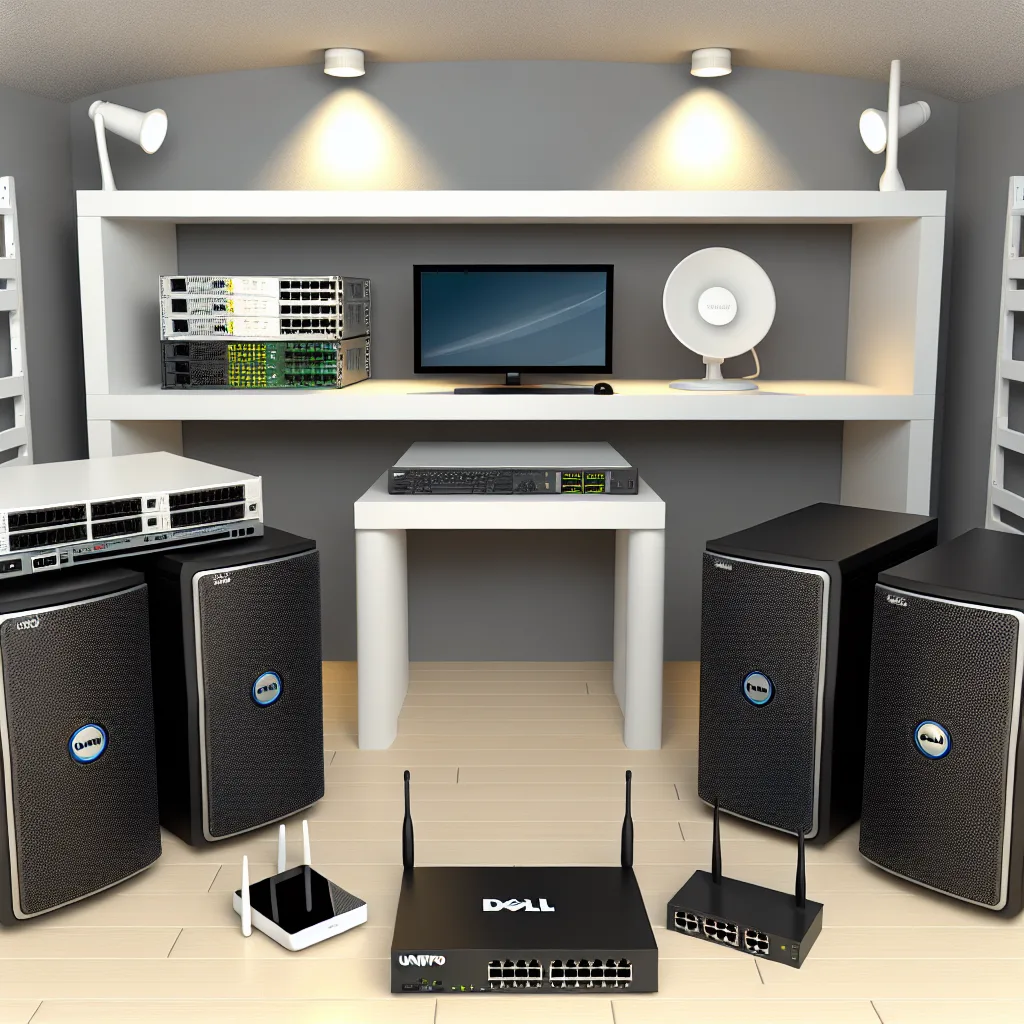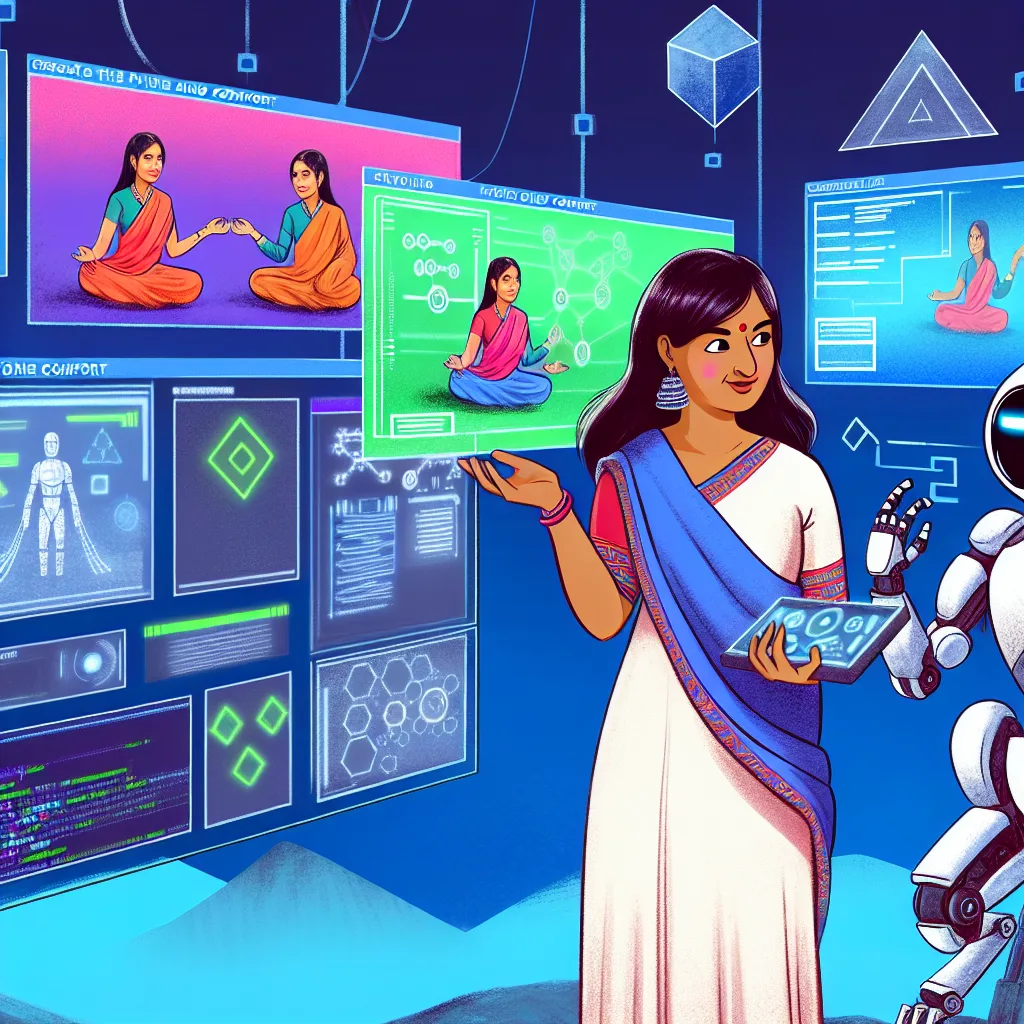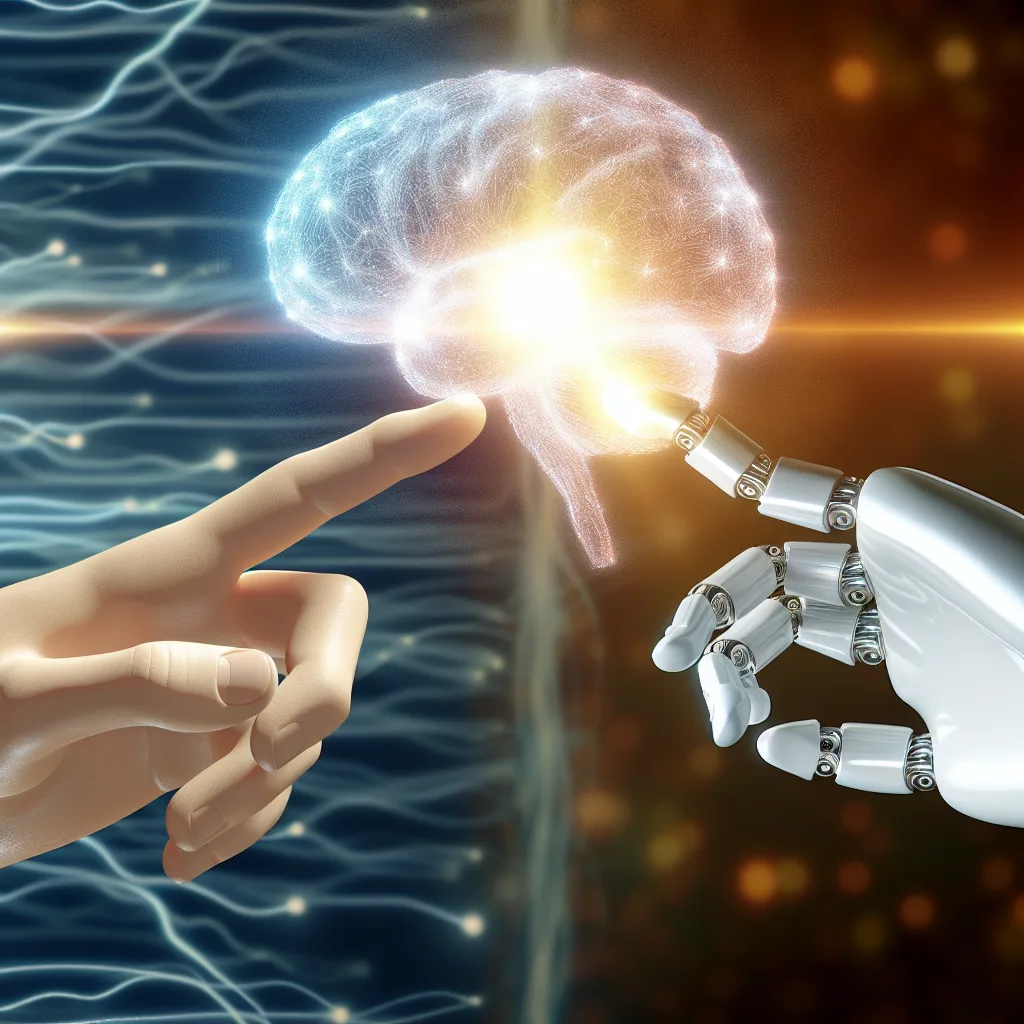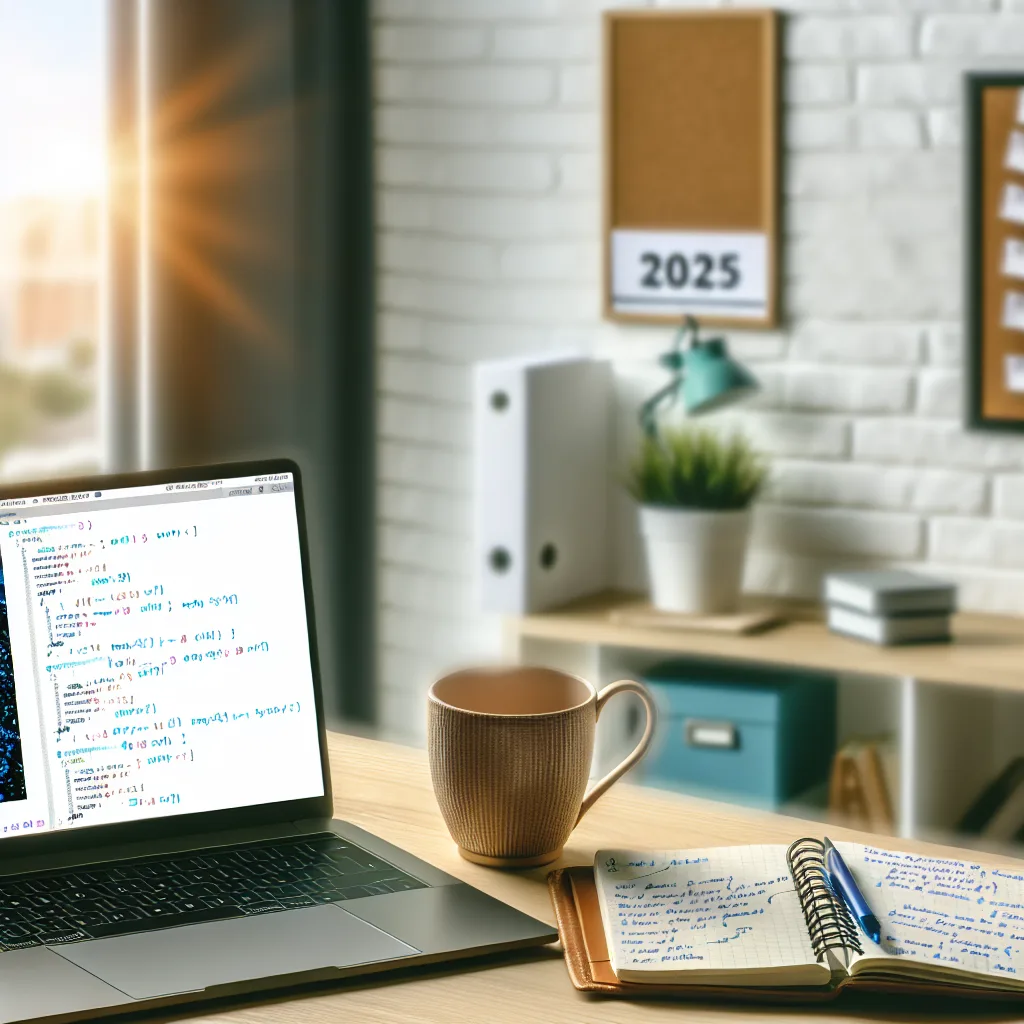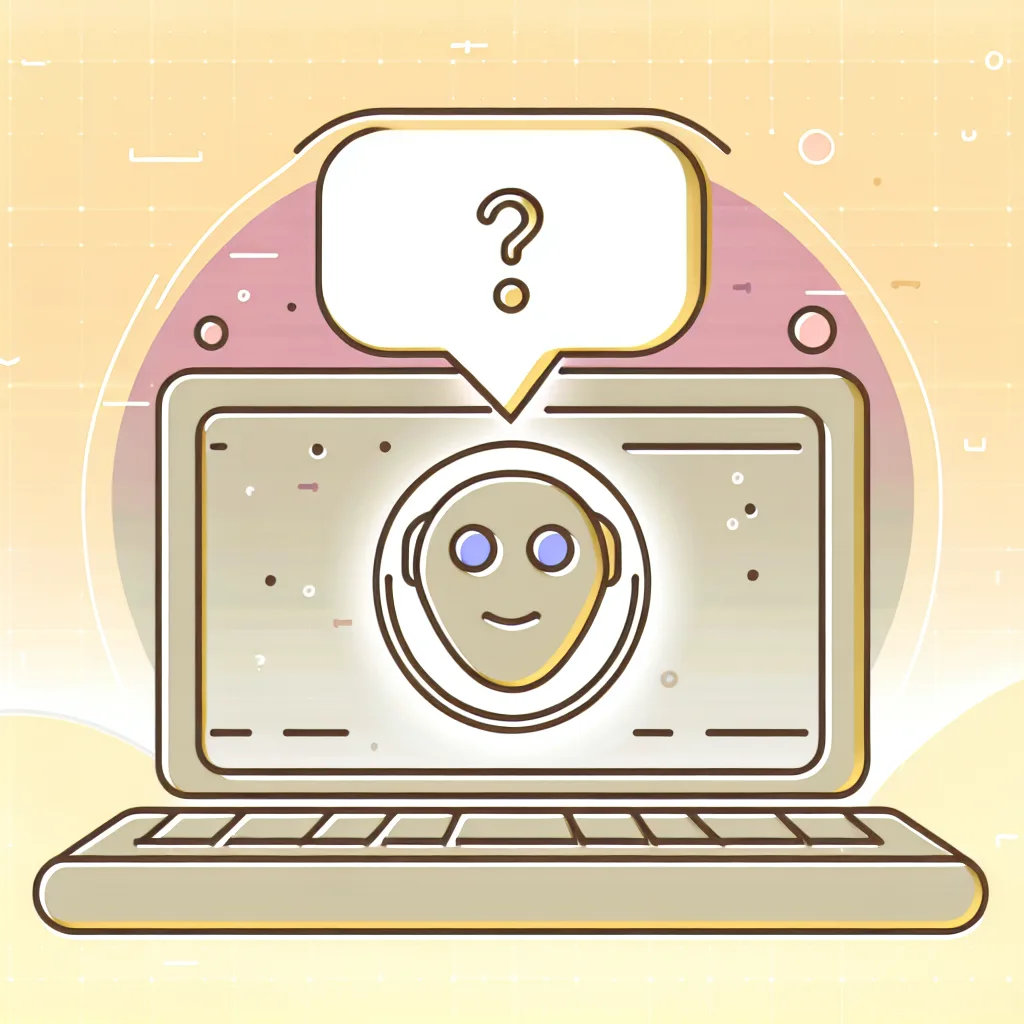A look inside a versatile home server setup that balances performance and functionality with ease
If you’ve ever dabbled in tech setups at home, you know that a solid home server setup can be a game of balancing power, functionality, and manageability. I’ve put together a home lab rack that I’m pretty happy with, and it’s been quite the journey getting here. My setup isn’t just about stacking gear; it’s about crafting a system that does a little bit of everything well.
At the heart of my home server setup are two Dell T320 servers. The lower one runs Ubuntu Server, which I’ve set up to handle containers and virtual machines. This server acts as the workhorse, juggling different tasks and services smoothly. The top Dell T320 is dedicated to storage and media, running TrueNAS. With this, I’ve built a reliable storage array that hosts my Jellyfin media server and a seedbox for managing torrents. It’s a neat division of labor within the same rack.
Network Backbone: Keeping It Fast and Reliable
Networks often get overlooked when people talk about home server setups, but they’re just as important. On the top shelf, I’ve placed a UniFi Express 7. It feeds into a 5-port UniFi 2.5 Gb switch, which then splits traffic to a UniFi U7 Pro access point, my Dell N2048P network switch, and a Lenovo Tiny M73.
Why this particular arrangement? The UniFi gear manages my Wi-Fi with flexibility and great coverage, while the Dell switch handles the heavier wired traffic. The Lenovo Tiny M73 is a small but powerful machine running Pi-hole and WireGuard. Pi-hole blocks ads on all devices across my network, and WireGuard ensures secure remote access.
Why This Setup Works
What I love about this home server setup is how each piece has its role, but they all play well together. Ubuntu Server’s container and VM support lets me test and run all sorts of software without hassles. TrueNAS ensures my data is safe and accessible. The networking gear creates a fast, stable network that delivers everything to all my devices efficiently.
If you’re starting your own home server setup, consider:
- Choosing your servers based on roles (compute, storage, networking).
- Using containers and VMs for flexible applications.
- Investing in good networking equipment to avoid bottlenecks.
Need some inspiration or guidance? Check out these resources for a deeper dive:
With the right planning, your home server setup can be a rewarding project that grows with your needs and tech explorations. Sharing this setup felt like sharing a small piece of my tech sanctuary — maybe it’ll spark some ideas for yours!
